In the world of sleep, some animals take it to a whole new level, spending most of their lives in dreamland. While we humans are envious of a good nap, these creatures have mastered the art of prolonged slumber, turning it into a lifestyle. Let’s explore the sleepy creatures who seem to snooze away their days, dreaming of forests, oceans, and deserts.
1. Koalas
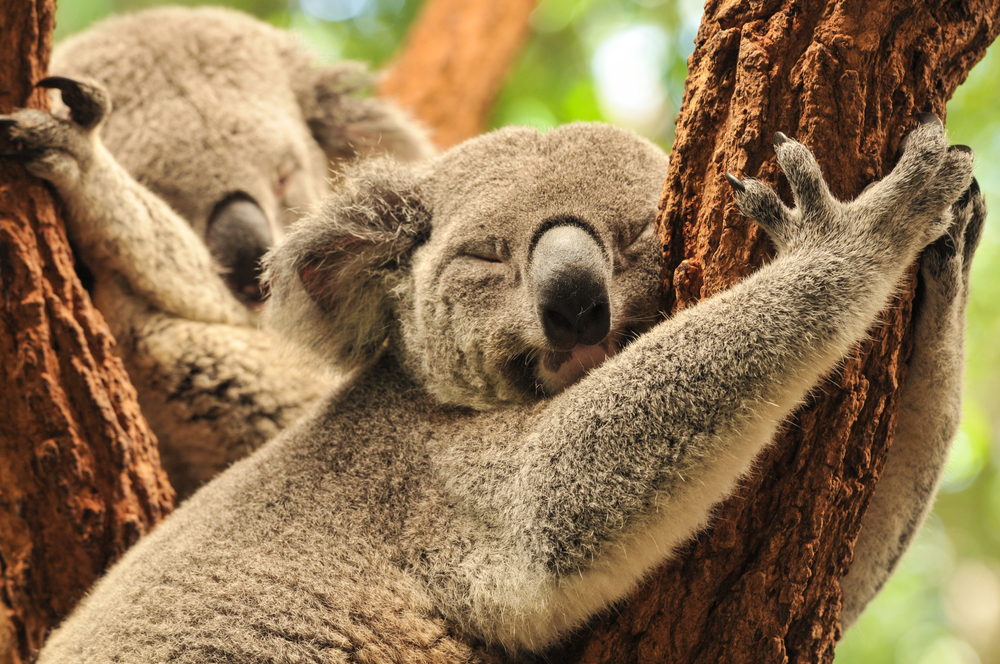
Koalas are the poster children for sleepy animals, logging in a staggering 18 to 22 hours of sleep each day. Imagine having a life where you’re barely awake for more than a few hours—now that’s commitment to napping. According to Save the Koala, their long sleeping hours are due to their diet of eucalyptus leaves, which are low in nutrition and require significant energy to digest. This means that koalas have to conserve their energy, and what better way to do that than catching some Z’s high up in a tree? When they are awake, their activity is mostly limited to eating and finding a new branch to nap on. It’s no wonder these adorable marsupials look so chilled out.
Despite their sleep-heavy lifestyle, koalas do have brief moments of alertness, often at night. During these hours, they may socialize, find a mate, or defend their territory. Even though they’re not winning any awards for productivity, koalas have a fantastic life balance that many of us could only dream of achieving. So next time you feel guilty about hitting the snooze button, just think about the koala’s dedication to a sleepy existence. It’s a lifestyle choice—one that involves a lot of resting and not much else!
2. Sloths
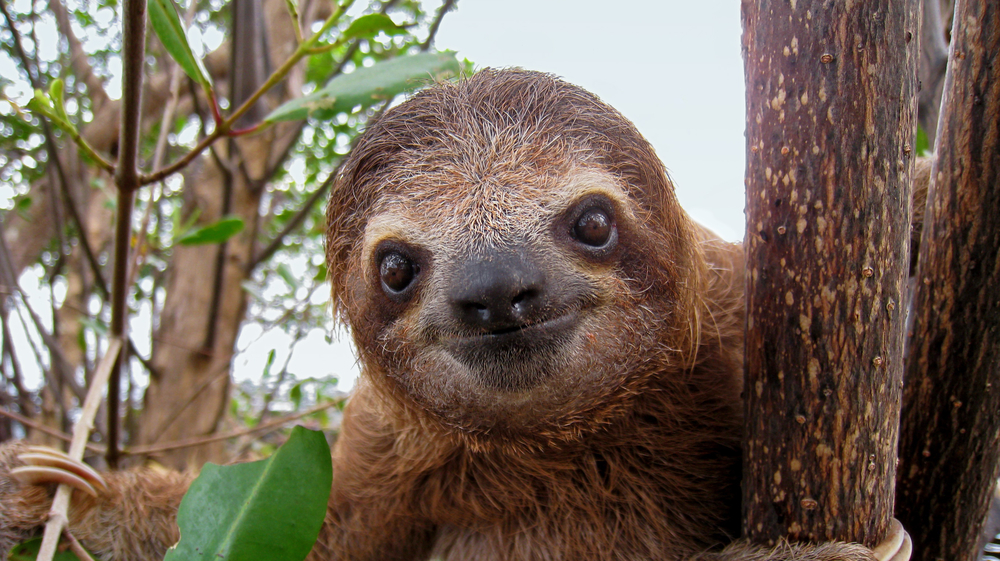
Sloths are the quintessential icons of laziness, often sleeping up to 15 to 20 hours a day. These slow-moving mammals take their sweet time doing just about everything, and sleep is no exception. According to the Sloth Conservation Society, their slow metabolism is a big reason they sleep so much; it’s part of what allows them to survive on a diet of tough, fibrous leaves. Hanging upside down in the treetops, sloths have perfected the art of leisurely living. Their limited activity helps them avoid predators since they blend in with the trees.
When they do decide to wake up, sloths might move to a different branch, but they’re not in a hurry. Even their bathroom breaks are rare, occurring about once a week. This laid-back lifestyle allows them to conserve energy and avoid making unnecessary movements that could attract attention. Living life in the slow lane, sloths are in a perpetual state of relaxation. It’s as if they’re telling the world that there’s no rush to do anything, especially when sleep is involved.
3. Big Cats (Lions)
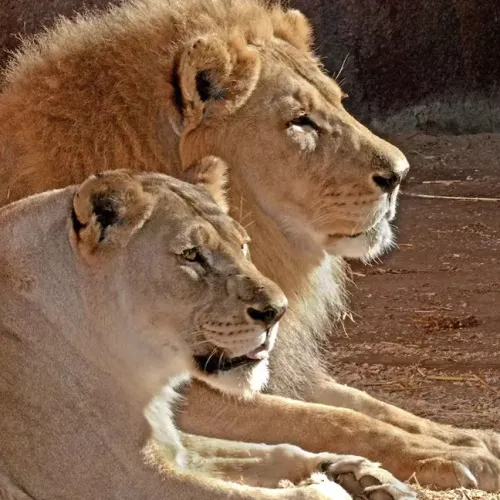
In the savanna, lions are the kings of napping, sleeping up to 20 hours a day. These majestic creatures are the ultimate examples of work hard, nap harder. Unlike domestic cats, their wild counterparts conserve energy for their intense hunting sessions. Lions are social animals, often seen snoozing in prides, which adds a comforting sense of security. Their sleep is a strategic survival tactic, allowing them to be ready for the energy-demanding tasks of hunting and defending their territory.
When lions aren’t catching prey or engaging in territorial battles, they’re most likely lounging in the shade, digesting their last meal. This downtime is essential for maintaining their health and readiness. While they might appear lazy to the untrained eye, lions are actually strategic sleepers, balancing rest with bursts of intense activity. It’s a well-rounded approach to life that keeps them at the top of the food chain. So, if you ever thought your cat was a bit of a sleepy head, remember, it’s in their DNA.
4. Lemurs
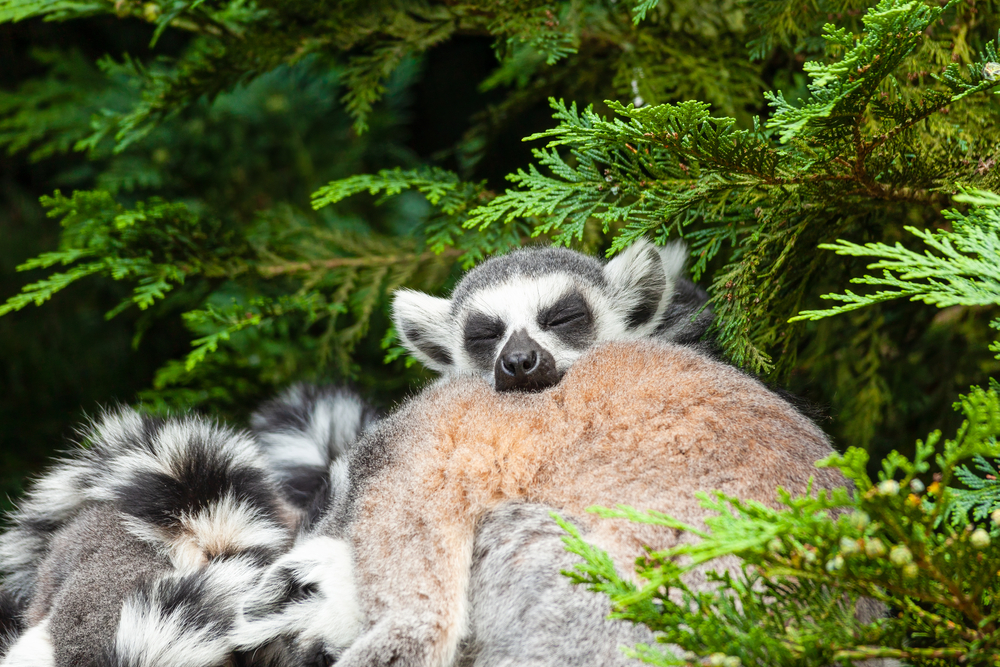
Lemurs, especially the ring-tailed variety, spend about 16 hours a day sleeping. In the lush forests of Madagascar, these primates take their sleep seriously, often cuddling together for warmth and protection. Their sleep habits are closely tied to their social structure, as they often nap in groups. This communal aspect of sleeping helps strengthen social bonds and provides safety in numbers. Their sleep-heavy schedule is also a way to conserve energy in an environment where food can be unpredictable.
When they’re not sleeping, lemurs enjoy sunbathing, feeding, and grooming each other. The time they spend awake is marked by social interactions and foraging. Their diet consists mainly of fruit and leaves, which require them to take breaks to digest properly. By sleeping a lot, lemurs ensure they have the energy needed for these activities. It’s a balanced lifestyle that optimizes their survival in the wild. Their sleep might seem excessive, but in their world, it’s an essential part of life.
5. Bats
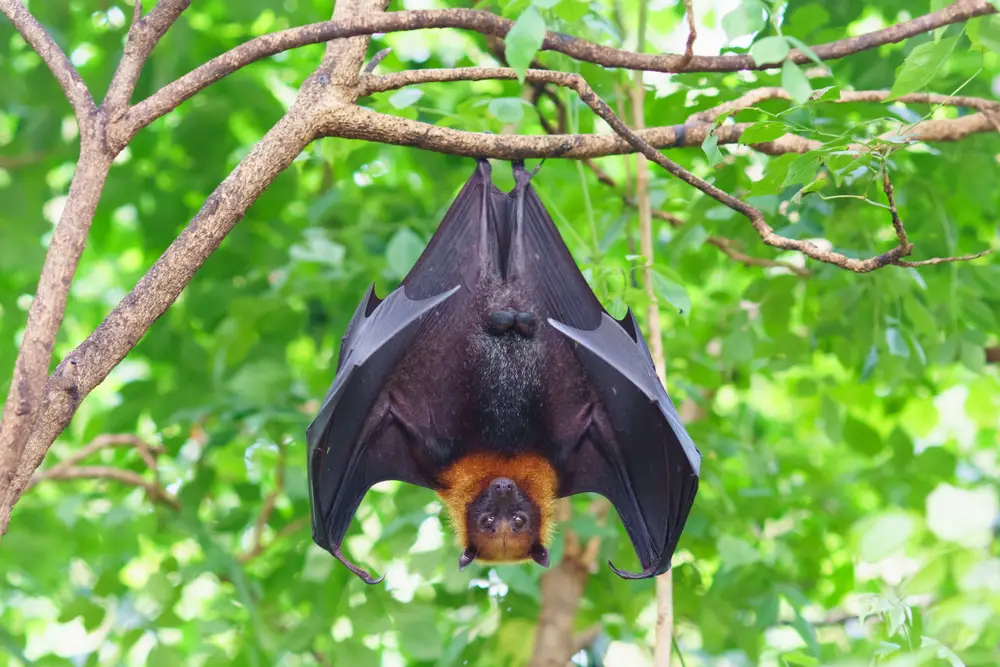
Bats are the night owls of the animal kingdom, sleeping away the daylight hours in caves or trees. Most bat species log in about 16 to 20 hours of sleep per day, only emerging after sunset. This nocturnal lifestyle is primarily due to their feeding habits, as they rely on the cover of darkness to hunt insects or fruit. Their sleep patterns align with their life of nighttime activity and daytime rest. Hanging upside down, they find safety and peace in sleep, away from predators and disturbances.
When night falls, bats become active, using their echolocation to navigate and hunt. This highly specialized method of finding food requires immense concentration and energy. Sleeping during the day allows bats to conserve the energy needed for these activities. It’s a unique way of life that enables them to thrive in a variety of environments. While their sleep schedule might seem odd to us, for bats, it’s a perfectly natural part of their daily routine.
6. Opossums
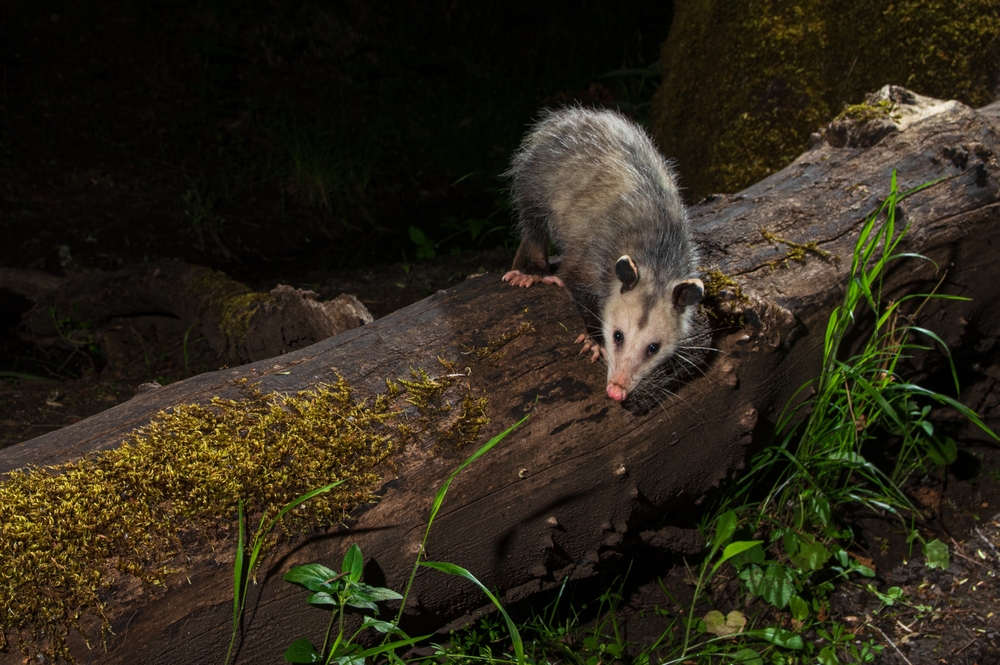
Opossums are often underestimated, but these nocturnal marsupials have sleep routines that rival those of the best nappers. They manage to clock in around 18 hours of sleep each day, a testament to their expertise in taking it easy. Their sleep habits are partly due to their nocturnal nature, as they hunt for food under the cover of darkness. By day, they find safe, hidden spots to curl up and rest, avoiding predators and conserving energy. It’s a strategy that has served them well in a variety of habitats.
During their waking hours, opossums forage for food, relying on their keen sense of smell. Their diet is opportunistic, including fruits, insects, and small animals. While they might not be the most glamorous animals, opossums excel in adapting to diverse environments. Their sleep-heavy lifestyle is integral to their survival, allowing them to thrive despite the challenges they face. So, next time you see an opossum, remember they’re masters of the art of leisurely living.
7. Armadillos
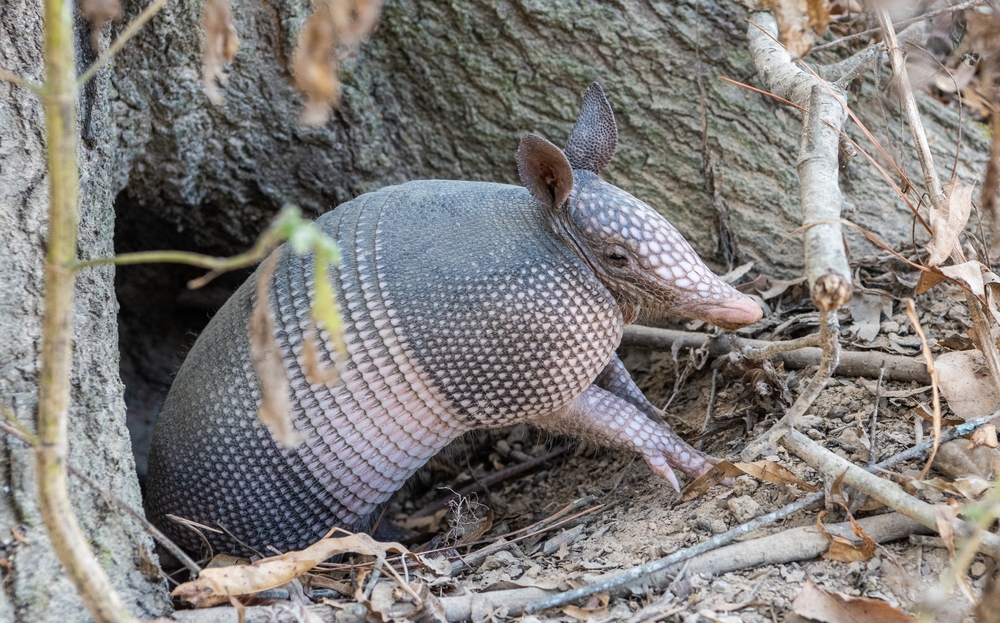
Armadillos, with their unique armored shells, are creatures of the night, sleeping up to 16 hours a day. These fascinating mammals have adapted to sleep the day away, emerging after dark to forage for food. Their sleep habits are tied to their burrowing lifestyle, as they spend much of their time underground. By sleeping during the hottest parts of the day, they avoid the heat and conserve energy. It’s a clever strategy that helps them survive in challenging environments.
When they are awake, armadillos are busy digging for insects and grubs, their primary food sources. Their strong claws and keen sense of smell make them efficient hunters. This nocturnal lifestyle is complemented by their ability to curl up into a ball when threatened, using their shell as protection. Sleep is an essential part of their survival strategy, helping them recharge for their nightly activities. In the world of armadillos, sleep is not a luxury but a necessity.
8. Little Brown Bats
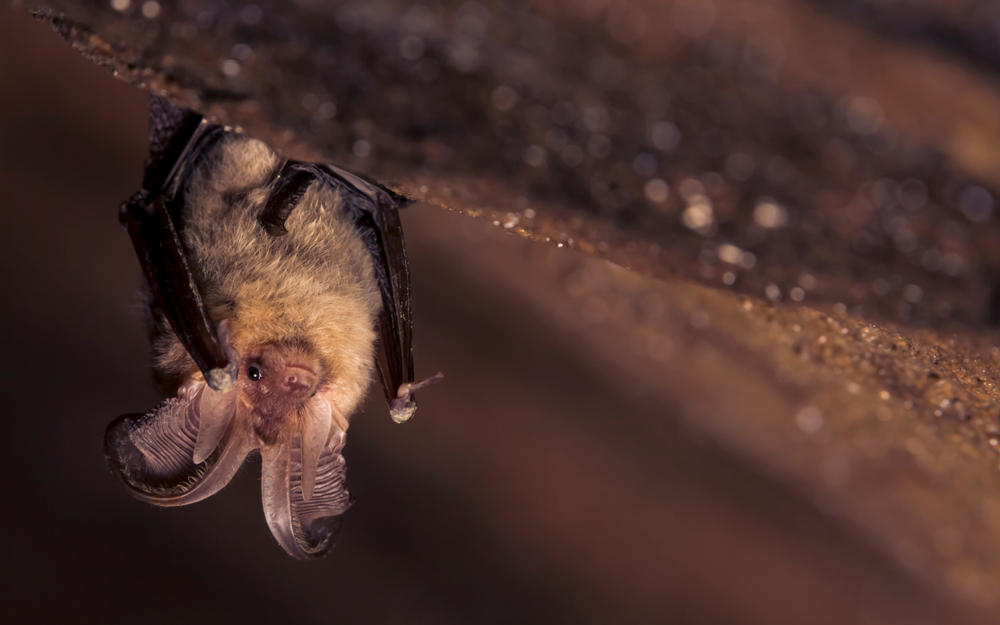
The little brown bat, a tiny but mighty creature, spends a considerable amount of time sleeping, averaging 18 hours a day. These bats are nocturnal, coming alive at night to hunt for insects, their primary food source. They roost in colonies, often in caves or attics, where they find safety and warmth. By sleeping during the day, they conserve energy for their nighttime foraging excursions. Their sleep-heavy routine is essential for maintaining their energy levels and overall health.
When dusk falls, little brown bats become active, using echolocation to catch their prey. Their extraordinary flying skills and precision make them effective insect hunters. This demanding lifestyle requires them to get plenty of rest during daylight hours. Their sleep patterns reflect their need for energy conservation and protection from predators. In their world, sleep is a vital part of the cycle of life, ensuring they’re ready for the next night’s adventures.
9. Giant Armadillos
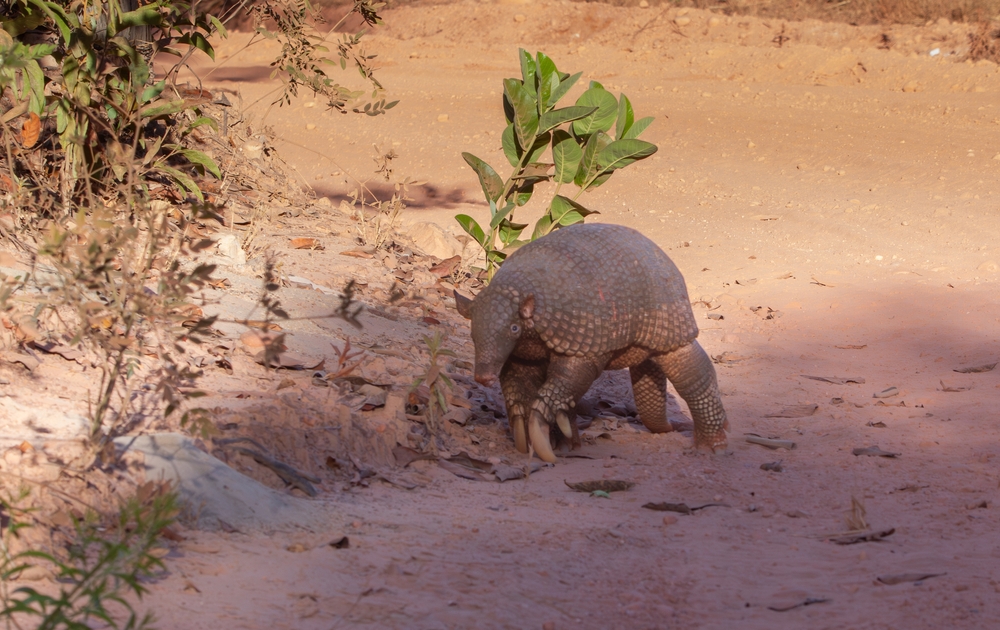
Giant armadillos take the art of napping to an extreme, sleeping up to 18 hours a day. These large, armored mammals are primarily nocturnal, spending their nights foraging for insects and small animals. Their heavy sleep schedule is partly due to their burrowing lifestyle, as they spend much of their time in underground dens. By sleeping during the day, they avoid the heat and conserve energy for their nocturnal activities. It’s a survival strategy that suits their unique way of life.
When they’re not sleeping, giant armadillos are busy excavating and exploring their environment. Their powerful claws and keen sense of smell make them adept at digging and finding food. This nocturnal lifestyle allows them to thrive in various environments, from rainforests to savannas. Sleep plays a crucial role in their survival, helping them recharge and prepare for the challenges they face. It’s a reminder that even the most armored animals need rest to thrive.
10. Brown-throated Three-toed Sloths
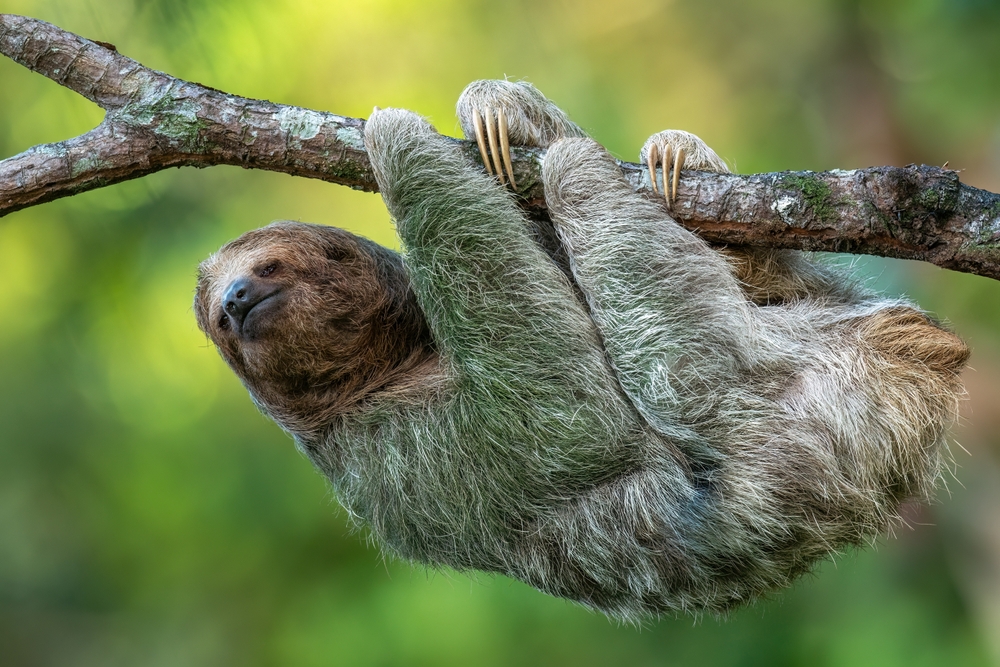
The brown-throated three-toed sloth is an expert in the art of dozing, sleeping around 15 hours a day. Found in the lush forests of Central and South America, these slow-moving creatures lead a life of leisure. Their sleep-heavy schedule is influenced by their low-energy diet of leaves, which requires them to conserve energy. Hanging upside down in trees, sloths have perfected the art of napping while blending into their surroundings. This lifestyle helps them avoid predators and stay safe.
When they do wake up, sloths move at a leisurely pace, feeding and occasionally interacting with others. Their slow metabolism and deliberate movements are perfectly suited to their environment. By minimizing activity, they conserve energy and maintain a low profile. Sleep is an integral part of their survival strategy, ensuring they have the strength for their minimal exertions. It’s a lifestyle choice that might seem lazy, but for sloths, it’s a perfectly balanced way to live.
11. North American Opossums

North American opossums are the night owls of the animal kingdom, sleeping up to 18 hours a day. These marsupials are nocturnal creatures, hunting for food under the cover of darkness. Their sleep habits are a survival tactic, helping them stay hidden from predators and conserving energy. During the day, they find safe, secluded spots to rest, often in trees or burrows. It’s a routine that suits their opportunistic feeding habits and adaptability.
When night falls, opossums become active, scavenging for fruits, insects, and small animals. Their sharp senses and opportunistic nature make them effective foragers. Their sleep-heavy lifestyle is essential for maintaining their energy levels and overall health. By sleeping during the day, they ensure they are ready for their nighttime adventures. It’s a lifestyle that balances rest with the demands of survival, allowing them to thrive in diverse environments.
12. Little Spotted Kiwi
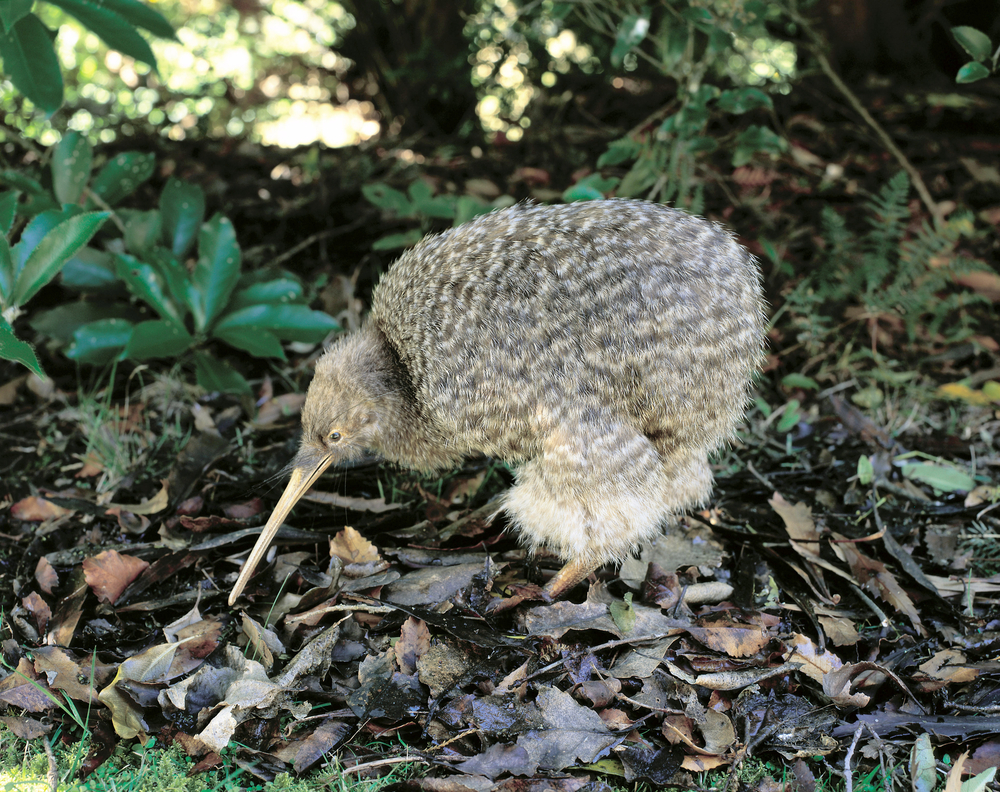
The little spotted kiwi, a small but resilient bird native to New Zealand, is another example of a sleep-heavy creature, catching up to 20 hours of sleep a day. These nocturnal birds spend their days hidden in burrows or dense vegetation, avoiding predators and conserving energy. Their sleep patterns are closely linked to their feeding habits, as they forage for insects and worms at night. By sleeping during the day, they ensure they have the energy needed for their nighttime activities.
When dusk falls, little spotted kiwis emerge to search for food, using their long beaks and keen sense of smell. Their nocturnal lifestyle is complemented by their excellent camouflage and solitary nature. Sleep plays a crucial role in their survival, helping them recharge and prepare for the challenges they face. It’s a reminder that even the most elusive animals need rest to thrive. In the world of kiwis, sleep is not just a luxury; it’s a vital part of life.
